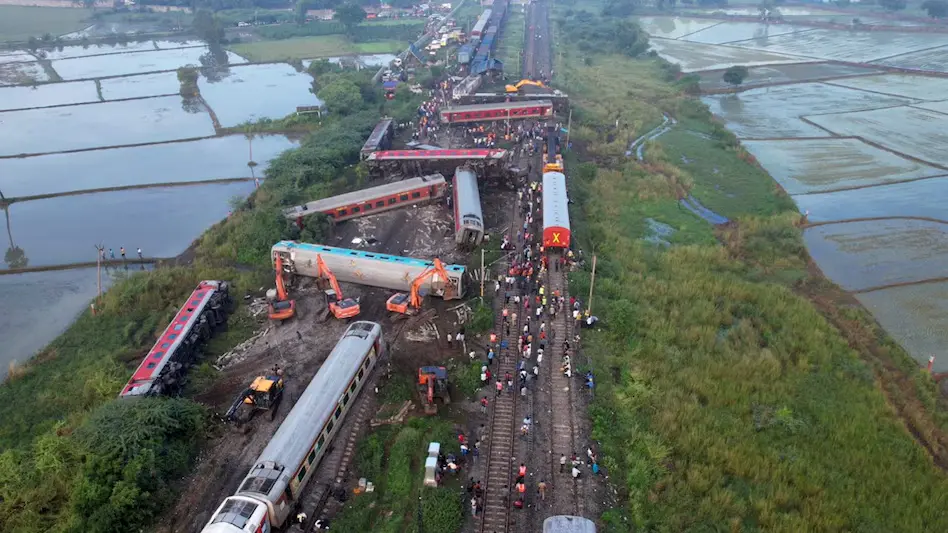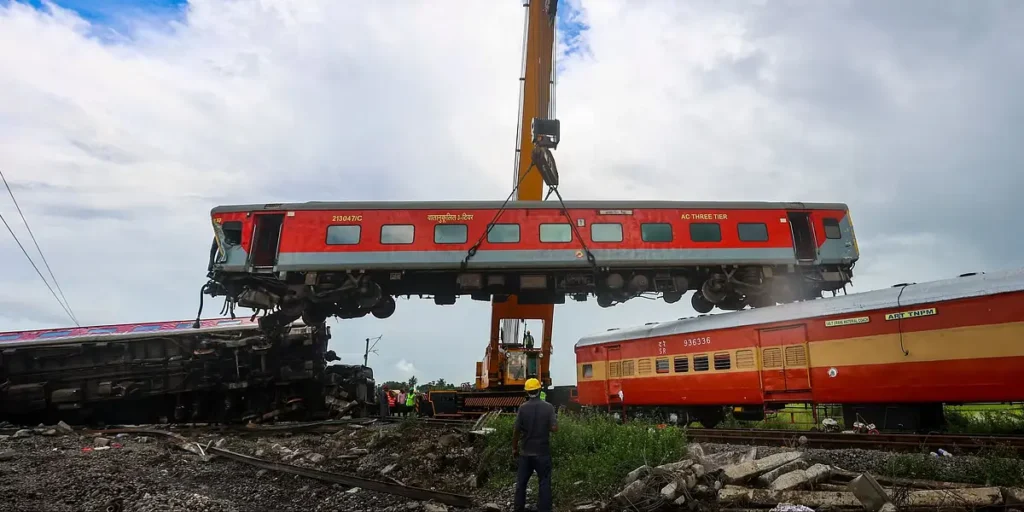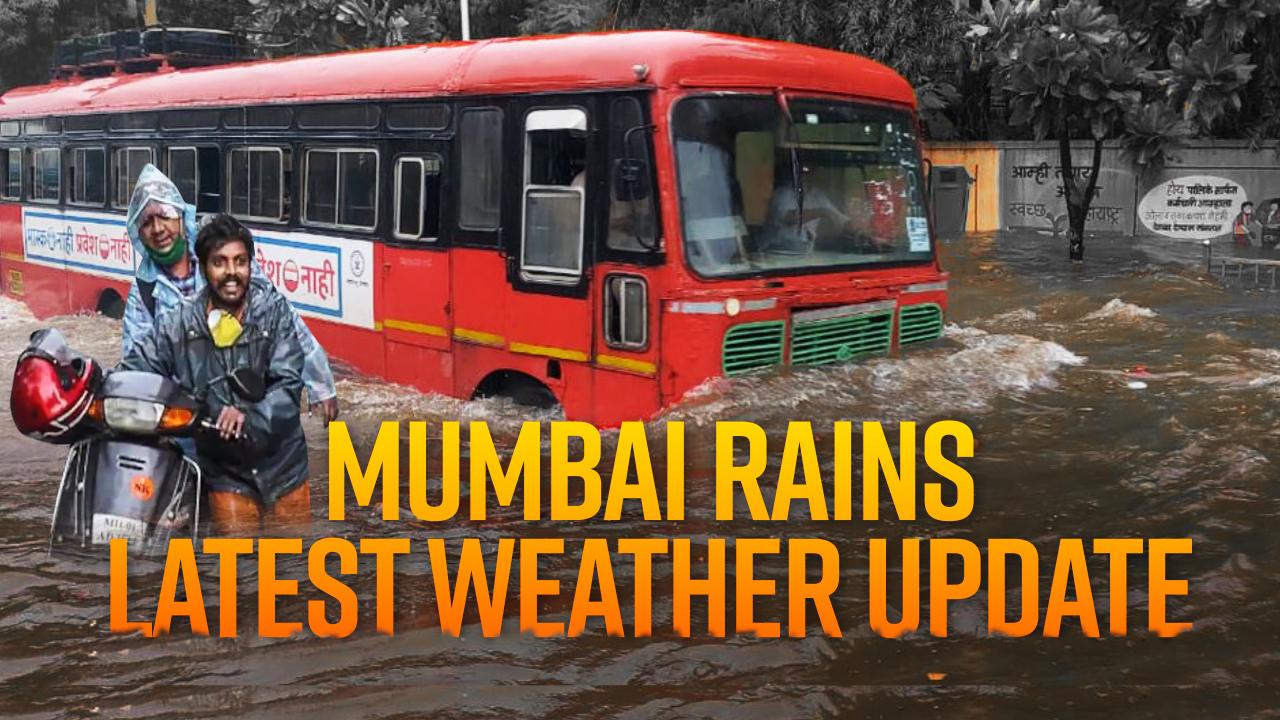Mysuru-Darbhanga Bagmati Express Tamil Nadu Train Accident: Experts See Balasore Rerun as Data-Logger Video Shows Train Changed Track Before Collision 2024
On the night of October 11, 2024, a tragic train accident occurred in Tamil Nadu that has left the country reeling once again. The Mysuru-Darbhanga Bagmati Express collided with a stationary goods train at the Kavaraippettai railway station in the Chennai rail division. The crash resulted in injuries to 19 passengers and has raised serious concerns about railway safety, bringing back chilling memories of the Balasore train tragedy. The data-logger video, which shows the train changing tracks moments before the collision, has experts pointing to critical failures in the system.

Table of Contents
Details of the Incident
The Collision at Kavaraippettai Railway Station
The accident took place around 8:30 pm at the Kavaraippettai station, which is a key junction in the Chennai rail division. The Mysuru-Darbhanga Bagmati Express, which was on its regular route, unexpectedly switched tracks, leading to its collision with a stationary goods train. The impact caused significant damage to both trains and left several passengers injured.
Involvement of Mysuru-Darbhanga Bagmati Express
The Mysuru-Darbhanga Bagmati Express is a long-distance passenger train, traveling from Karnataka to Bihar. On this fateful evening, the train was carrying hundreds of passengers when the unexpected track change occurred. The precise sequence of events that led to the train changing tracks is still under investigation, but early reports suggest a signal failure could be a contributing factor.

Timeline of Events Leading to the Accident
The incident unfolded in a matter of minutes. Around 8:15 pm, the Mysuru-Darbhanga Bagmati Express was approaching the Kavaraippettai station when it was allegedly directed onto a different track. At 8:30 pm, the train collided with the stationary goods train, resulting in a loud crash that jolted the passengers and railway officials alike. Emergency services were immediately alerted, and rescue operations commenced soon after.
Initial Reports and On-Site Findings
Initial on-site reports highlighted the chaos and confusion that followed the collision. Passengers were seen rushing out of the compartments, with several sustaining injuries due to the sudden impact. Railway officials and rescue teams arrived at the scene promptly, but questions were already being raised about the cause of the accident.
The Role of the Data-Logger Video
What the Data-Logger Revealed
One of the key pieces of evidence in the ongoing investigation is the data-logger video. This video records the train’s speed, signals received, and track changes, providing crucial insights into what went wrong. The video footage revealed that the train had switched to the wrong track moments before the collision.
How Train Tracks Were Changed Before the Collision
According to the data-logger, the train was running on its designated track until a few minutes before the accident. A sudden and unexplained signal seemed to direct the train onto a different track, where the goods train was stationed. Investigators are currently examining whether this was due to a human error, signal malfunction, or a broader systemic failure.

Expert Analysis and Comparison with the Balasore Train Accident
Similarities Between Tamil Nadu and Balasore Accidents
Experts have drawn parallels between this accident and the devastating Balasore train accident that occurred earlier in 2023. Both incidents involved the sudden and erroneous change of tracks, leading to a deadly collision. In both cases, the role of signal systems and potential human error are being scrutinized.
Critical Differences Observed
While the two accidents share similarities, the scale of the Tamil Nadu collision was less catastrophic, with fewer casualties. Additionally, in the Tamil Nadu incident, the immediate rescue operations were more coordinated, minimizing further injuries. However, the underlying issues with railway signaling systems remain a point of concern.
Railway Safety Concerns Raised by the Incident
The Tamil Nadu accident has once again raised alarms about the state of railway safety in India. Despite ongoing modernization efforts, the country’s vast rail network continues to face challenges related to infrastructure, outdated signaling systems, and human error. Experts are calling for urgent reforms to ensure such incidents are prevented in the future.
Injuries and Casualties
The Condition of the 19 Injured Passengers
Thankfully, no fatalities have been reported so far, but 19 passengers were injured, with some sustaining serious wounds. Medical teams were quickly dispatched to the site, and the injured were taken to nearby hospitals for treatment. Several are in stable condition, but the emotional trauma of the event will likely take longer to heal.
Response from the Authorities
Authorities, including railway officials and local government bodies, responded swiftly to the accident. Railway Minister Ashwini Vaishnaw has assured the public that a thorough investigation will be conducted, and necessary steps will be taken to prevent similar incidents in the future.
Emergency Response and Rescue Operations
The emergency response to the accident was immediate. Rescue teams, ambulances, and local authorities reached the site within minutes of the collision. Passengers were safely evacuated, and medical aid was provided to the injured. The quick action of the rescue teams is being praised, but questions remain about how such a collision occurred in the first place.
Immediate Measures Taken by Railways After the Accident
In the wake of the incident, Indian Railways has implemented several immediate safety checks across the region to ensure no further malfunctions. An internal audit of the signal systems is being carried out to identify any potential flaws that may have contributed to the collision.
Investigations Initiated by the Railways
Key Areas of Focus in the Investigation
The investigation is focusing on three key areas: signal failures, track maintenance, and human oversight. Railway officials are also looking into whether adequate safety protocols were followed leading up to the accident. The data-logger video will play a crucial role in uncovering the sequence of events that led to the tragedy.
Lessons from the Accident
Revisiting Safety Mechanisms
One of the key lessons from this accident is the need to revisit and upgrade railway safety mechanisms. Whether it’s the signaling system or the process of track allocation, reforms are necessary to avoid future tragedies.
Need for Modernized Rail Infrastructure
India’s rail infrastructure, though vast, is in dire need of modernization. The government has been investing in upgrading railway safety systems, but incidents like this highlight the urgency for accelerated reforms. From automated signaling to real-time monitoring, modernizing infrastructure is key to preventing future accidents.
Passenger Reactions and On-Ground Accounts
Many passengers on the Mysuru-Darbhanga Bagmati Express have shared their horrifying experiences from the accident. Shock and disbelief were common emotions, with several passengers commending the swift response of the rescue teams but questioning the safety protocols that allowed such an incident to happen.
The Broader Implications for Indian Railways
This accident adds to the growing list of railway mishaps in India, highlighting the broader implications for Indian Railways’ safety and operations. It emphasizes the importance of making systemic changes and investing in technology to safeguard the millions who rely on train travel every day.
Conclusion
The Tamil Nadu train accident is a sobering reminder of the vulnerabilities that still exist within India’s railway system. While swift rescue efforts minimized the loss of life, the incident underscores the need for more robust safety measures, modernized infrastructure, and better oversight. As investigations continue, the hope is that lessons learned from this accident will lead to safer train journeys in the future.
FAQs
What caused the train accident in Tamil Nadu?
The collision occurred when the Mysuru-Darbhanga Bagmati Express changed tracks unexpectedly, leading to a crash with a stationary goods train. Investigations are ongoing, with signal failure or human error being potential causes.
How does this accident compare to the Balasore train accident?
Both accidents involved track-switching issues, though the Balasore accident had a much higher death toll. The similarities in signal-related failures have raised concerns about the effectiveness of India’s railway safety systems.
How many people were injured in the Tamil Nadu train collision?
Nineteen passengers sustained injuries in the collision. Most are in stable condition, though some were seriously hurt and are receiving medical treatment.
What steps are being taken to prevent future accidents?
Railway authorities have launched an investigation, focusing on signal failures and track management. Immediate safety audits are also being conducted across the network to prevent further mishaps.
How can train safety in India be improved?
Improving railway safety in India requires modernizing infrastructure, upgrading signal systems, and enhancing real-time monitoring. Increased investments and stricter safety protocols will be essential to safeguard passengers.




